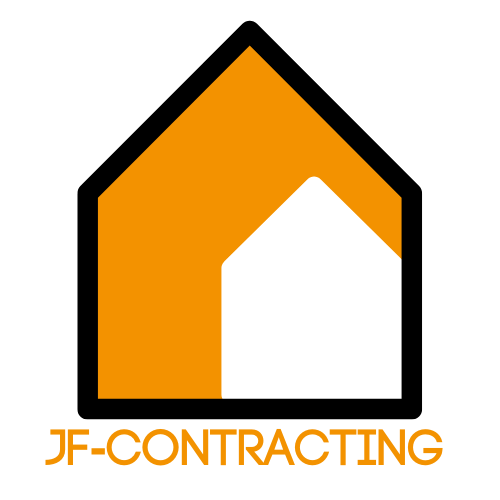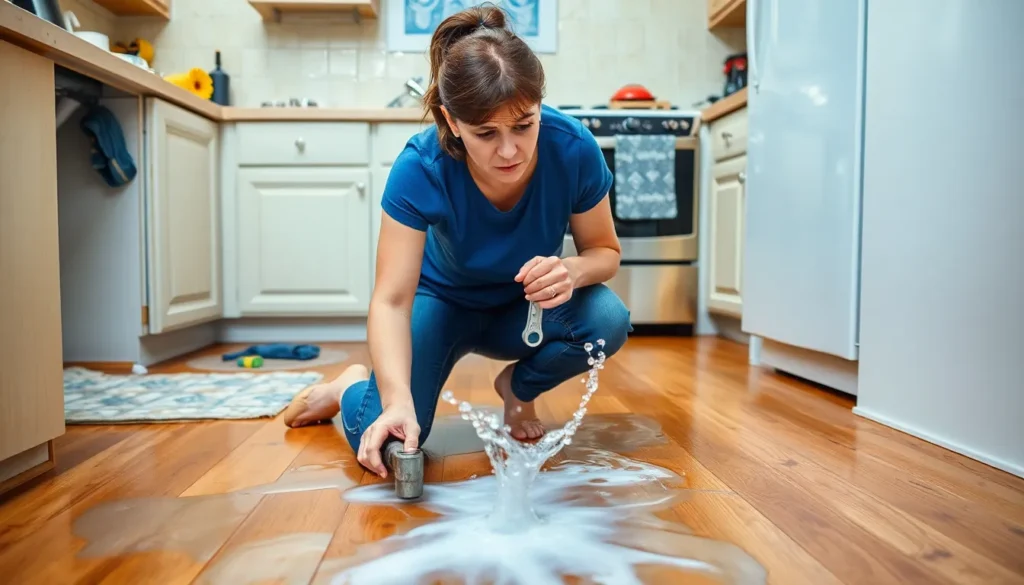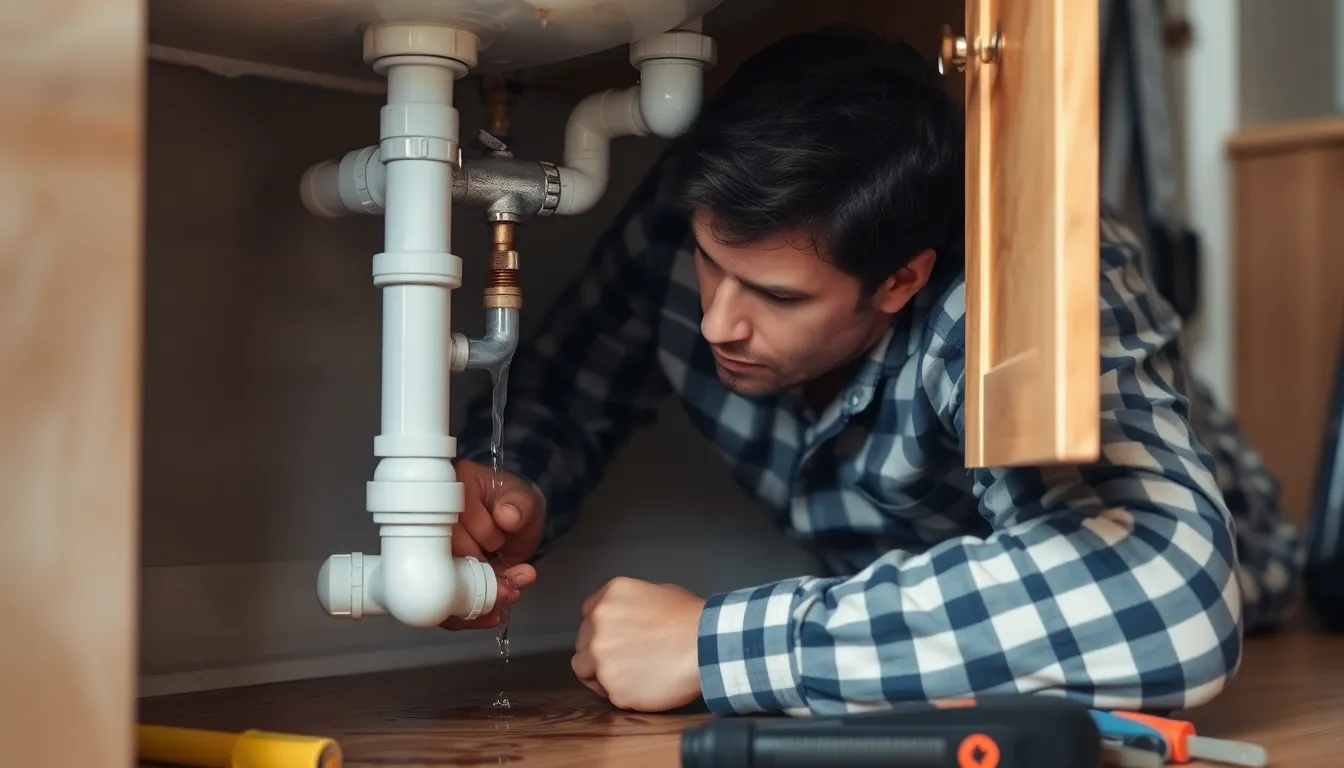When disaster strikes at home, it’s not just a minor inconvenience; it’s a full-blown emergency. Whether it’s a leaky pipe that could rival Niagara Falls or a furnace that suddenly decides to take a permanent vacation, emergency repairs can feel like a scene straight out of a sitcom. But don’t worry—there’s a way to navigate the chaos without losing your cool (or your wallet).
Understanding Emergency Repairs
Home emergencies require immediate attention to prevent further damage and stress. Understanding how to classify and approach these repairs is crucial.
Definition of Emergency Repairs
Emergency repairs involve urgent situations requiring quick fixes to prevent property damage. Examples include burst pipes, electrical failures, or heating system breakdowns. These repairs differ from routine maintenance, which can wait. Homeowners experiencing significant leaks or safety hazards face instances classified as emergencies. Addressing these issues promptly can save time and money in the long run.
Importance of Timely Action
Timely action plays a vital role in emergency repairs. The longer one waits, the more extensive the damage can become. For instance, water damage from a pipe leak can lead to mold growth within 24 to 48 hours. Immediate repairs help reduce repair costs and preserve property value. Even minor repairs can escalate into costly renovations if not addressed promptly. Homeowners should prioritize responding quickly to any emergency repair situations to maintain a safe living environment.
Types of Emergency Repairs
Emergency repairs involve immediate fixes aimed at preventing further damage. Understanding the various types helps homeowners respond quickly to urgent situations.
Plumbing Issues
Plumbing emergencies often include burst pipes, severe leaks, or blocked drains. These problems can lead to water damage, mold growth, and skyrocketing repair costs. Attention to details like water stains or decreased water pressure signals the need for immediate action. Homeowners may contact a professional plumber to address these urgent issues. Quick fixes may involve turning off the water supply and using temporary seals until a permanent solution can be implemented.
Electrical Failures
Electrical failures pose serious risks, including fire hazards or complete power outages. Common situations include sparking outlets, tripped breakers, or non-functional appliances. Identifying these issues early minimizes danger and restore power swiftly. Homeowners must prioritize safety first and avoid handling live wires. Engaging a licensed electrician ensures repairs meet safety standards, preventing future incidents.
Structural Damage
Structural damage can involve compromised foundations, roof leaks, or pest infestations. Signs include cracks in walls, sagging ceilings, or visible mold. Recognizing these signs early prevents further degradation and costly repairs. Immediate action often requires securing the area and consulting with a qualified contractor. Safeguarding the home’s integrity keeps it safe and preserves its value over time.
When to Call for Professional Help
Recognizing when to seek professional assistance is essential in handling emergency repairs effectively.
Identifying Emergency Situations
Homeowners must identify scenarios demanding urgent intervention. Burst pipes or severe leaks signal immediate risks of water damage. Inaccurate electrical wiring results in sparking outlets, posing fire hazards that require swift action. Structural issues, like cracks in walls or sagging ceilings, indicate potential safety dangers. Mold growth emerges quickly from untreated water damage, causing health issues. When these problems arise, contacting a professional prevents further complications.
Assessing Repair Urgency
Evaluating repair urgency often determines the outcome of emergency situations. Homeowners should first gauge the severity of the issue. If water is pooling rapidly, immediate action must occur. Electrical systems can spark, suggesting quick intervention is vital. Assessing surrounding damage helps prioritize repairs; greater damage often indicates a higher urgency for professional help. Taking these steps ensures safety and mitigates future repair costs.
DIY Emergency Repairs
DIY emergency repairs allow homeowners to handle urgent situations efficiently while minimizing costs. Quick action can prevent further damage and preserve the integrity of the home.
Safety Precautions
Start with shutting off utilities. Gas lines and electrical circuits pose risks during repairs. Use protective gear, such as gloves and goggles, to reduce injury risk. Keep a fire extinguisher nearby in case of electrical fires. Assess the environment before beginning a repair, especially in structurally compromised areas. Ensure that the workspace is clear of hazards like water and debris. It’s important to discuss procedures with others in the house, so everyone remains aware of the situation.
Common Quick Fixes
Temporarily patching burst pipes can prevent substantial water damage. Use a rubber patch or tape until a plumber arrives for a permanent solution. For leaking faucets, replacing washers often resolves the issue quickly. If an outlet sparks or trips a breaker, reset it carefully after checking for overload. Sagging ceilings or cracks can be stabilized with wooden braces until professional help is available. Clearing clogged drains with a plunger or baking soda can solve minor plumbing issues right away. Prioritize these fixes based on severity to maintain safety and comfort.
Cost Factors Involved
Understanding the cost factors involved in emergency repairs is essential for homeowners. Labor costs typically range from $50 to $150 per hour, depending on the type of service required and the contractor’s expertise. Material costs vary significantly based on the materials needed for repairs. For example, plumbing components often cost between $10 and $200, while electrical parts may range from $5 to $300.
Geographic location also influences repair costs. Urban areas usually see higher rates due to increased demand and higher living expenses, whereas rural locations may present lower costs because of reduced competition. Special labor requirements can add to overall expenses. Contractors with specialized skills often charge premiums for their services, especially during after-hours emergencies.
Timing of repairs can impact pricing as well. Weekend or holiday emergencies generally incur additional charges ranging from 50% to 100%. Homeowners should consider potential permit fees, especially for structural repairs, which can add $50 to $500 depending on local regulations.
Additionally, homeowners must factor in inspection and diagnostic fees, often ranging from $100 to $300. These assessments help identify the underlying issues contributing to the emergency, ensuring comprehensive repairs. Warranty coverage may alleviate some costs if applicable, but most homeowners should expect upfront out-of-pocket expenses.
Establishing a budget for emergency repairs is crucial. Approximately 40% of homeowners reported spending between $500 and $1,500 on urgent fixes, while others faced bills exceeding $2,000. Anticipating these costs allows homeowners to respond effectively during emergencies, maintaining safety and minimizing the financial impact.
Conclusion
Emergency repairs can be daunting but taking swift action is essential for protecting both safety and property value. Homeowners who understand the types of emergencies and know when to call for professional help are better equipped to handle these situations. Implementing DIY solutions can provide temporary relief while waiting for expert assistance.
By recognizing the importance of timely intervention and budgeting for potential costs, homeowners can navigate emergencies more effectively. This proactive approach not only minimizes damage but also helps maintain a comfortable living environment. Being prepared can make all the difference when facing unexpected repair challenges.









